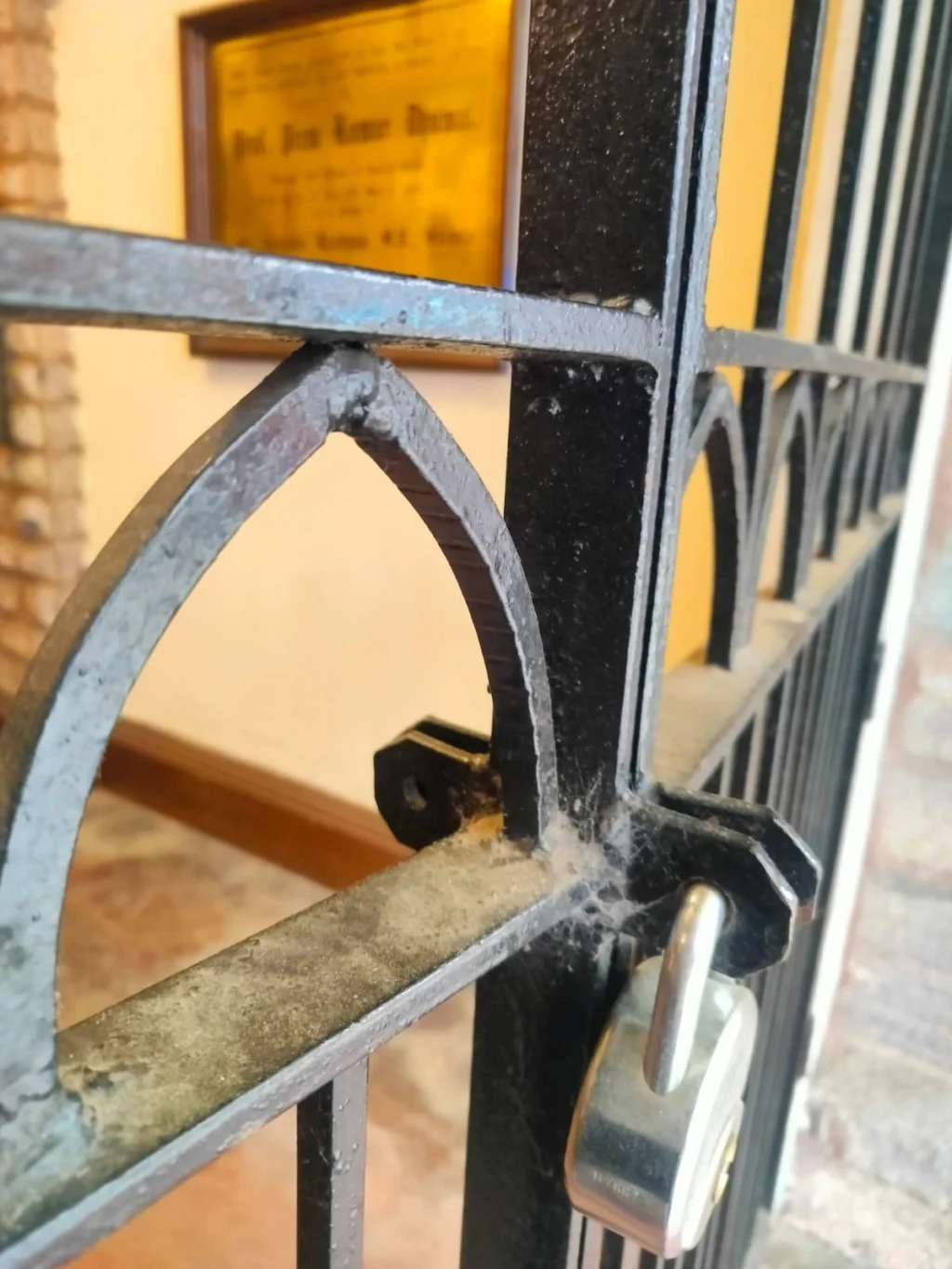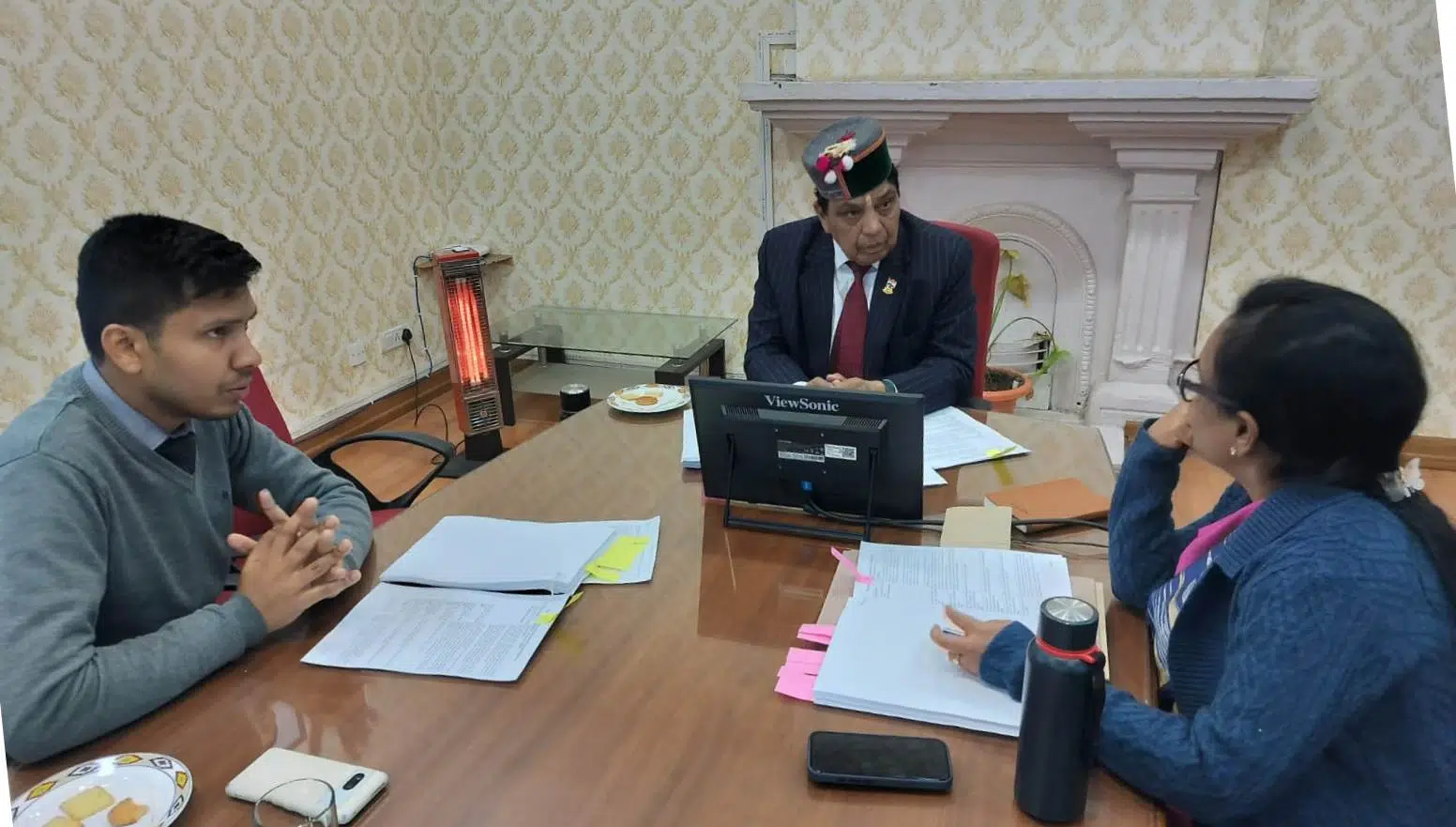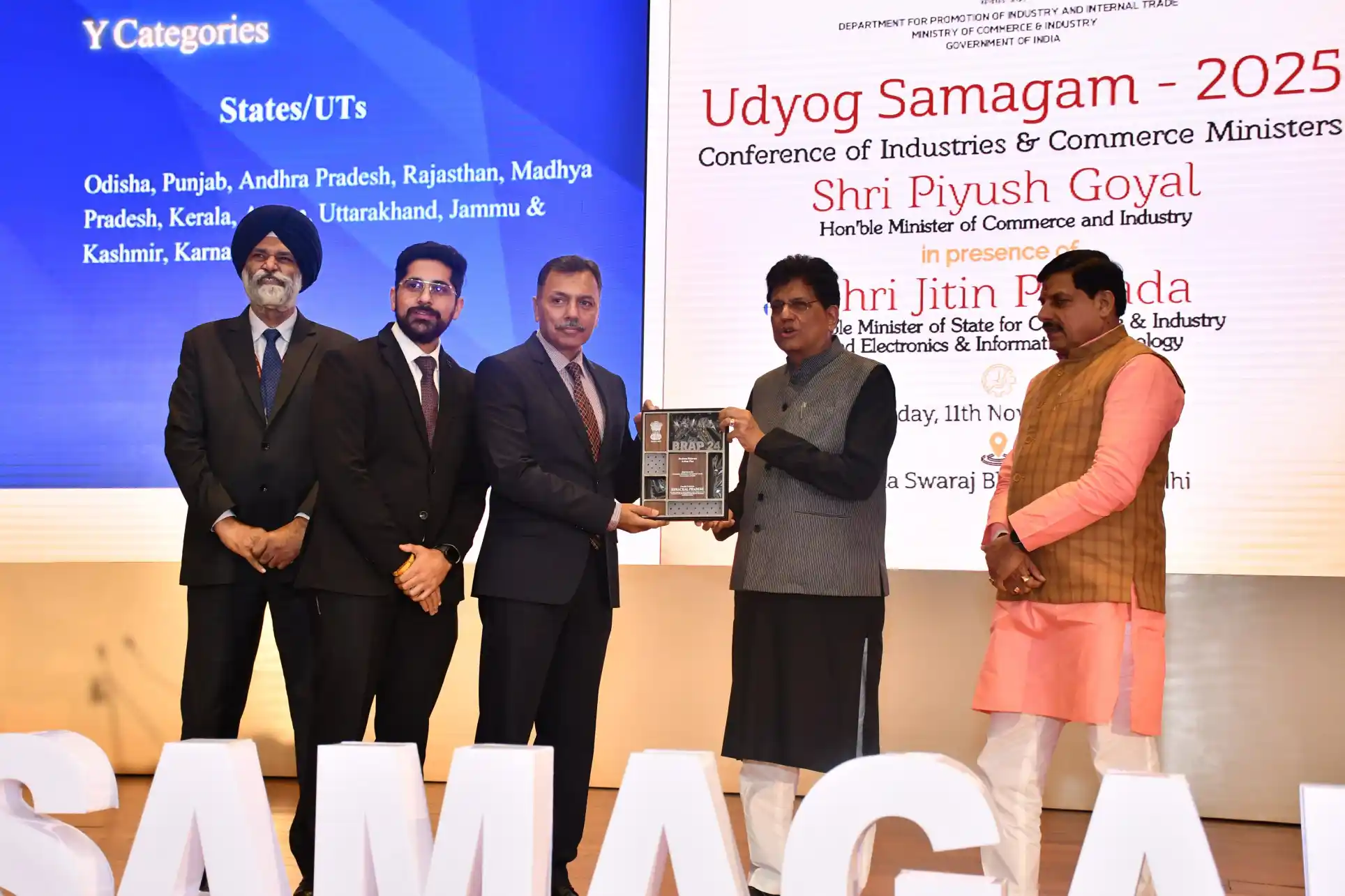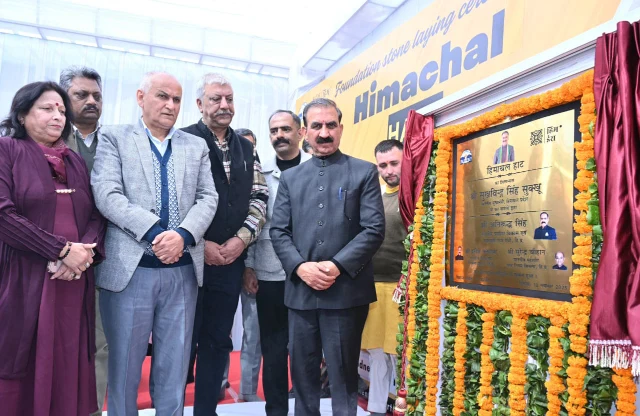Gaiety’s New Script: From Stage Lights to Cobweb & Dust!
2 min read
Shimla Oct 15, Ritanjali Hastir
The city that once wore its colonial heritage like a crown — today stands as a bittersweet testimony to how grandeur can fade under layers of dust and disregard. The historic Gaiety Theatre, fondly called the “Mecca of Theatre,” continues to draw tourists and art lovers from across the globe. Yet, a stroll past its Mall Road entrance tells another story — cobwebs weave artistic patterns of their own, dust carpets the gate, and the rusting lock seems to symbolize not security, but a passion for preservation that’s long been locked away.
It’s almost comical that heritage tours begin right here — amid fading walls and forgotten corners — as if to remind visitors that neglect, too, has found a place in our cultural legacy. In an era where selfies replace scripts and bureaucracy replaces vision, heritage maintenance has turned into a tick-box exercise — more ritual than responsibility.
In contrast, the Centre has finally stirred the waters of heritage conservation. For the first time, the government plans to open up the conservation of protected monuments — so far the exclusive domain of the Archaeological Survey of India (ASI) — to private players. Soon, corporates, public sector undertakings, and even private organisations will be able to directly hire external agencies to carry out conservation work at forts, baolis, and other historic structures across the country.
The initiative, built on a Public-Private Partnership (PPP) model, aims to bring speed, skill, and passion into the process of preservation. While the ASI will continue to oversee projects and ensure compliance with the National Policy for Conservation (2014), the operational execution will rest in more capable, hands-on teams. Funds will be channelled through the National Culture Fund, ensuring transparency and accountability.
The shift is already visible in states like Uttar Pradesh, where 11 forts and heritage structures — including Talbehat Fort, Rangarh Fort, Darshan Vilas (Lucknow), and Mastani Mahal — are being revived under PPP. Similarly, under the Adopt-A-Heritage 2.0 initiative, 21 Memorandums of Understanding (MoUs) have been signed with private and semi-private entities to enhance monument maintenance, visitor amenities, and aesthetic experience through improved lighting, pathways, and sound-and-light shows.
Back home, however, Shimla’s most prized cultural landmark seems trapped in administrative inertia. When asked about the current condition, Gaiety’s Manager, Dilip, said, “After the recent heavy rains, renovation and cleaning work is already underway. As the issue has been highlighted, it will be addressed immediately. The Gaiety is an emotional and cultural landmark for all of us, and we are committed to restoring its original charm.”
Perhaps it’s time for Himachal too to take a cue from states like Uttar Pradesh — to hand over the brush to those who paint with purpose, people who see heritage not as a job, but as a journey worth preserving. After all, history deserves more than half-hearted housekeeping.






